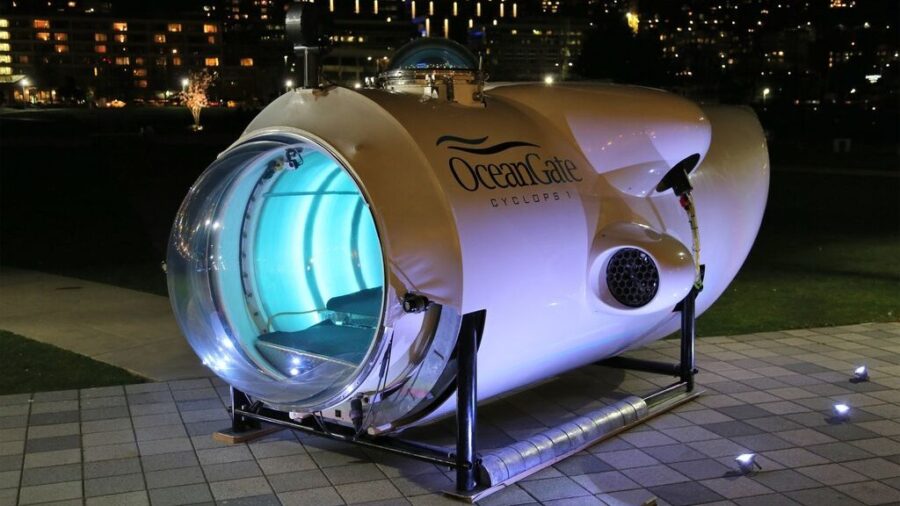James Cameron Reacts To The Titanic Sub Tragedy, Says He Knew There Was Going To Be A Problem
James Cameron drew eerily compared the OceanGate tragedy to that of the Titanic, noting how both vessels were warned about risks.

James Cameron has a few thoughts about the recent OceanGate sub implosion. The director of Titanic is more than qualified to weigh in on the tragedy as someone who not only designed his own submersible but has, by his own estimation, spent more time on the sunken Titanic than the ill-fated vessel’s own captain. As such, Cameron describes the recent tragedy and its parallels to the famous shipwreck as “surreal” but not unexpected.
“Many people in the [deep-submergence engineering] community were very concerned about this sub,” James Cameron admitted in a recent interview with ABC News. The director went on to explain that many “top players” in the submersible community actually wrote letters to OceanGate warning them that their vessel was too experimental and uncertified to carry passengers safely. Warnings that sadly went unheeded.
Cameron compared the pilot of the OceanGate submersible to the captain of the Titanic, saying that both men were given multiple warnings about the dangerous voyages they were undertaking, and both men chose to ignore those warnings resulting in the deaths of innocent people.
“I’m struck by the similarity of the Titanic disaster itself, where the captain was repeatedly warned about ice ahead of his ship, and yet he steamed at full speed into an ice field on a moonless night…many people died as a result.”
James Cameron
The Avatar director’s main issue with the sub itself is the way it was constructed. James Cameron dismisses the idea of a submersible created from separate carbon fiber pieces as simply unsafe, warning that no materials short of steel, titanium, or acrylic are strong enough to survive a voyage that deep.
Cameron says that a “contiguous” material is needed for the vessel’s hull; otherwise, the craft will “delaminate” or start to come apart—a fate that very well may have led to the Oceangate subs implosion.

Cameron criticized the safety measures taken when building the OceanGate sub, scoffing at the inclusion of sensors that warn the occupants when the hull begins to crack. “If that’s your idea of safety,” the director said, “then you’re doing it wrong.”
James Cameron went on to say that the inhabitants of the sub, British billionaire Hamish Harding, 58, Businessman Shahzada Dawood, 48, and his son, 19-year-old Suleman, and Titanic expert Paul-Henri Nargeolet, 77, as well as pilot Stockton Rush, most likely heard a warning signifying a hull breach but were unable to do anything about it but sit and ponder their inevitable doom.
James Cameron first started his love affair with deep sea diving when doing research for his 1997 blockbuster Titanic. In the decades since, he’s become something of an expert on the subject, not only helping to build his own deep-sea submersible but developing new ways to film underwater.
He developed methods he put to good use while making the documentaries Ghosts of the Abyss (2003) and Aliens of the Deep (2005). In addition, Cameron was the first person to complete a solo descent to the bottom of the Mariana Trench, the deepest part of the Earth’s ocean, in the Deepsea Challenger submersible.
James Cameron hopes, along with the rest of the deepsea submersible community, that the tragic but unavoidable deaths of the five people aboard the OceanGate sub will serve as a cautionary tale for submersible owners and operators in the future, so hopefully, an event like this will never happen again.










